Reflection of Shapes Worksheet
Are you searching for a resource that will help your students practice reflecting shapes? Look no further! Our reflection of shapes worksheet is designed to strengthen your students' understanding of this geometric concept. With a variety of engaging exercises, this worksheet will provide the perfect opportunity for your students to explore the concept of reflections in a fun and interactive way.
Table of Images 👆
More Shape Worksheets
Color and Shape Review WorksheetsDrawing Shapes Worksheets
Nets of Shapes Worksheet
Sail Boat Printable Shapes Worksheets
Drawing Shapes Worksheets Kindergarten
Plane Shapes Worksheets for Kindergarten
3D Shapes Worksheets Printables Kindergarten
Preschool Cut and Paste Shape Worksheets
Regular Polygon Shapes Worksheet
Preschool Shape Recognition Worksheets
What is reflection in geometry?
Reflection in geometry is a transformation that flips a figure over a line, known as the line of reflection. The figure and its image are mirror images of each other across the line of reflection, which means that corresponding points are equidistant from the line of reflection. This transformation preserves the size and shape of the figure while changing its orientation.
What is the line of reflection?
The line of reflection is a straight line that acts as a mirror image, reflecting objects across it in a symmetrical manner.
How can you determine the image of a shape after reflection?
To determine the image of a shape after reflection, you need to identify the line of reflection. Then, for each point on the shape, measure the distance from the point to the line of reflection and plot a point on the other side of the line that is an equal distance away. Connect these new points to form the reflected shape. The reflected shape will be a mirror image of the original shape across the line of reflection.
What happens to the size of a shape after reflection?
After reflection, the size of a shape remains the same. Reflection is a transformation that flips a shape over a line, but does not change its size or proportions, only its orientation.
Does the orientation of a shape change after reflection?
Yes, the orientation of a shape changes after reflection. When a shape is reflected, it is flipped over a line or axis, resulting in a mirror image of the original shape. This means the orientation of the shape is reversed from its original position.
Can any shape be reflected onto itself?
Yes, any shape that possesses reflective symmetry can be reflected onto itself. Reflective symmetry means that a shape can be divided into two mirror-image halves that are identical. When a shape with reflective symmetry is reflected across its line of symmetry, it will map onto itself.
Is the distance between corresponding points on a shape preserved during reflection?
Yes, the distance between corresponding points on a shape is preserved during reflection. This is because reflection is a type of transformation that essentially flips the shape across a line (mirror line or axis of reflection), so the distance between any two points and their corresponding points on the reflected shape remains the same.
How many lines of symmetry does a shape have if it can be reflected onto itself?
A shape has infinite lines of symmetry if it can be reflected onto itself, as every point on the shape corresponds with a point on its reflection across the line of symmetry. This property holds true for shapes that exhibit perfect symmetry, such as a circle or a regular polygon.
Can a shape have multiple lines of reflection?
No, a shape cannot have multiple lines of reflection. A shape can only have one line of reflection that it is symmetrical along. Each shape has a unique line of reflection that results in mirrored images across that line.
How can you determine if a shape has been reflected correctly?
To determine if a shape has been reflected correctly, you can compare the original shape to the reflected shape by checking if the corresponding points on both shapes are the same distance away from the line of reflection but in opposite directions. If the reflected shape is an exact mirror image of the original shape with respect to the line of reflection, then the reflection has been done correctly.
Have something to share?
Who is Worksheeto?
At Worksheeto, we are committed to delivering an extensive and varied portfolio of superior quality worksheets, designed to address the educational demands of students, educators, and parents.

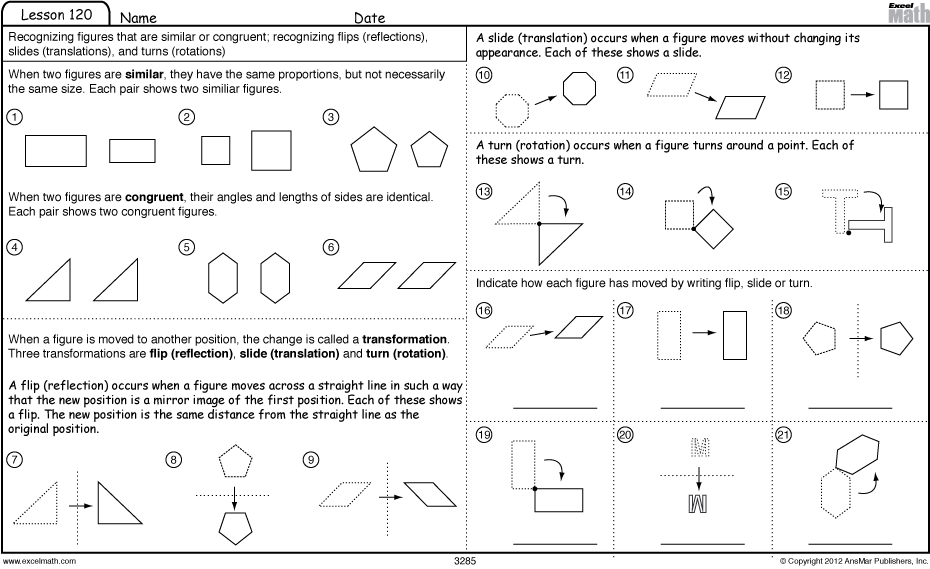



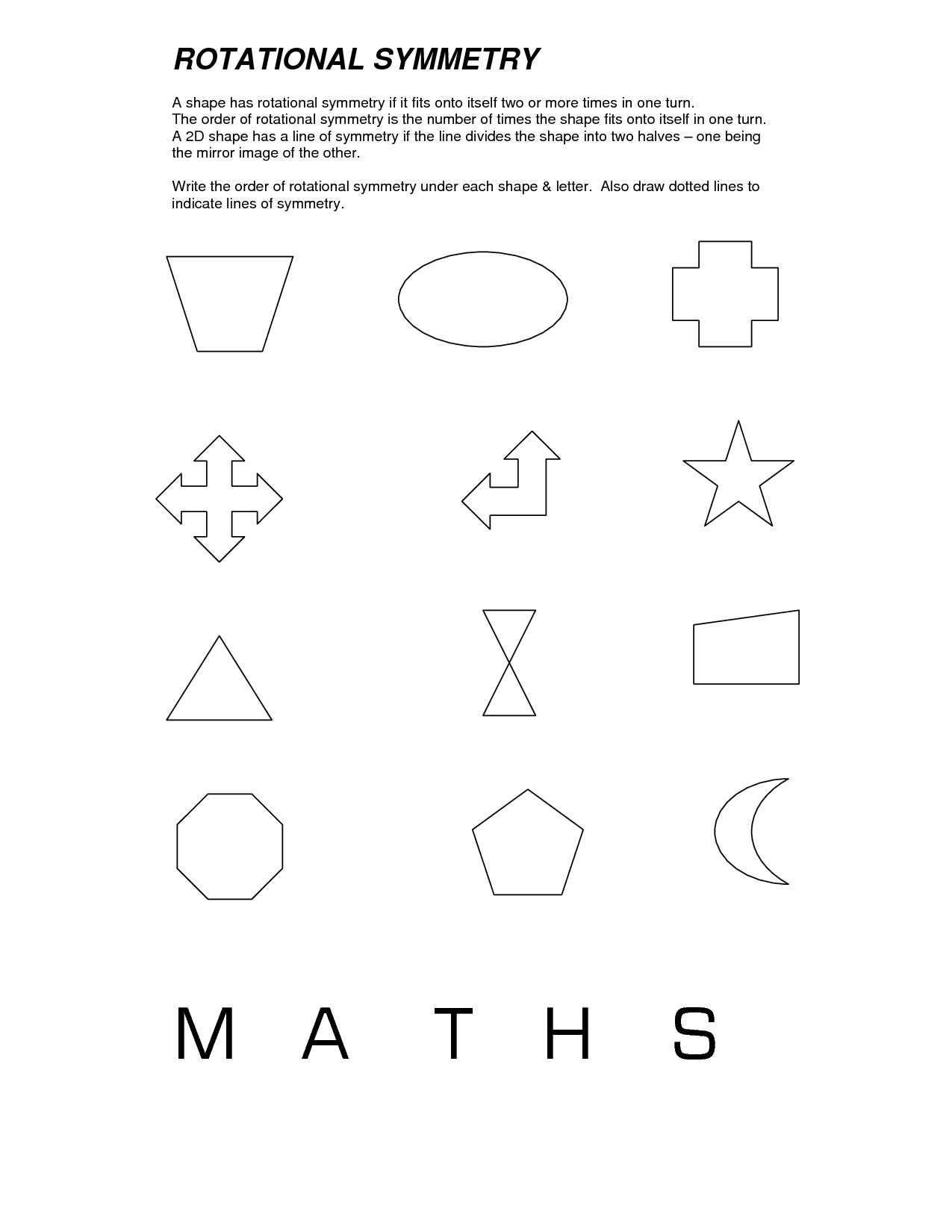
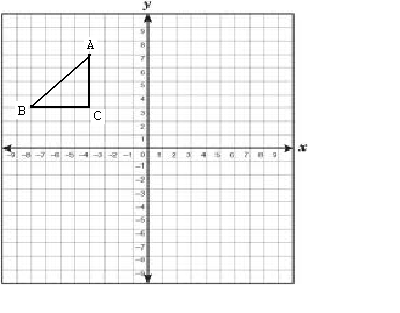
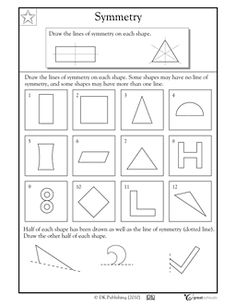
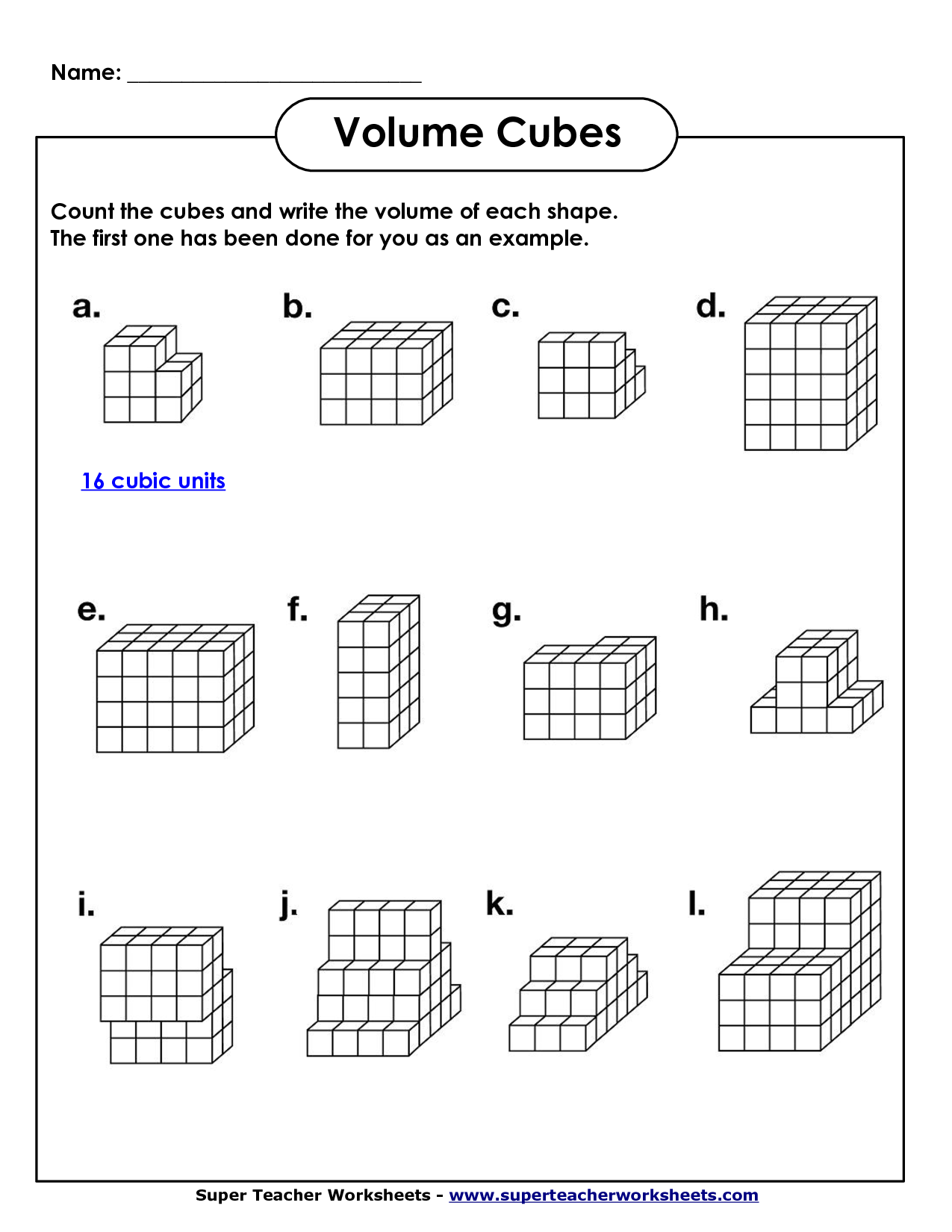














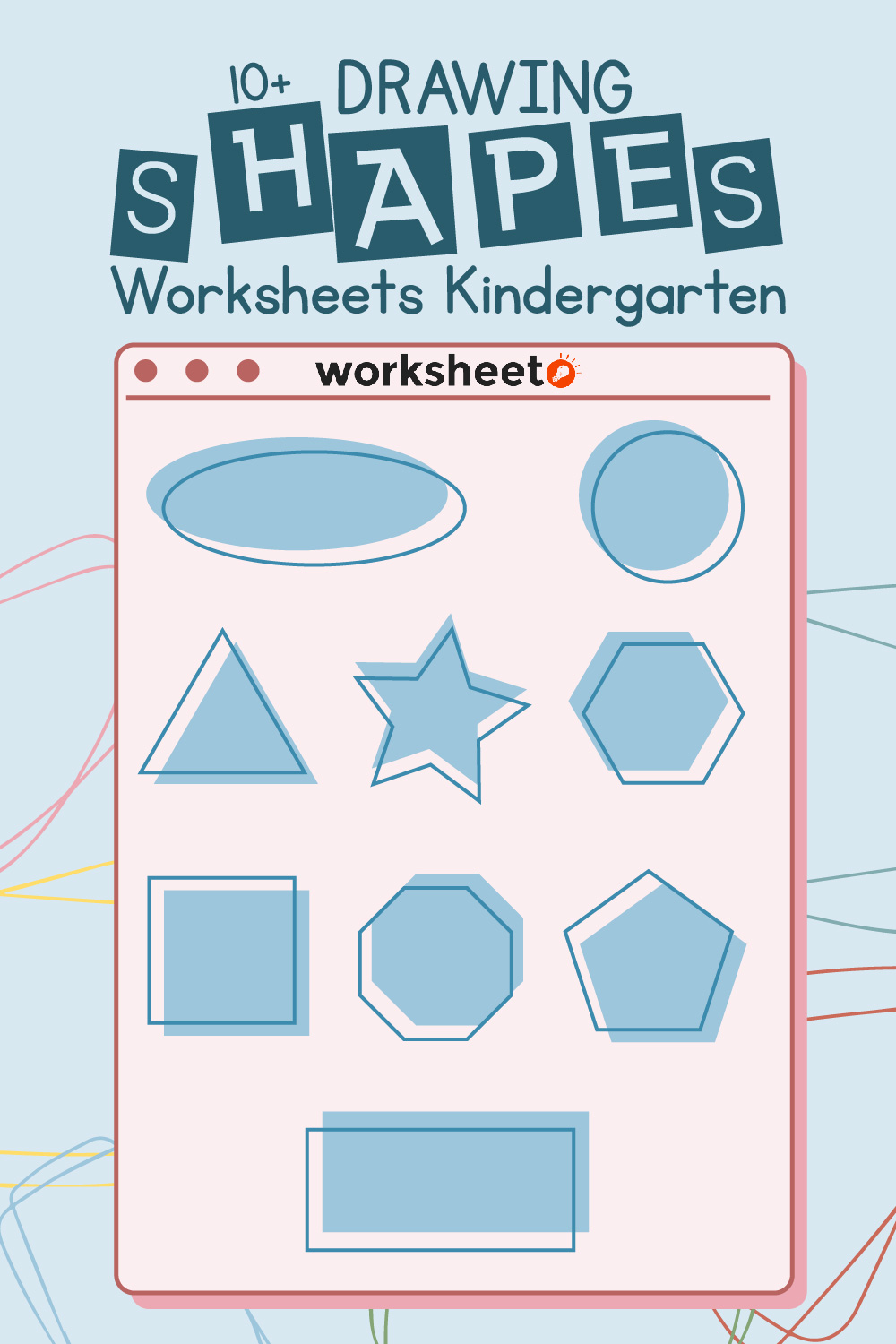

Comments